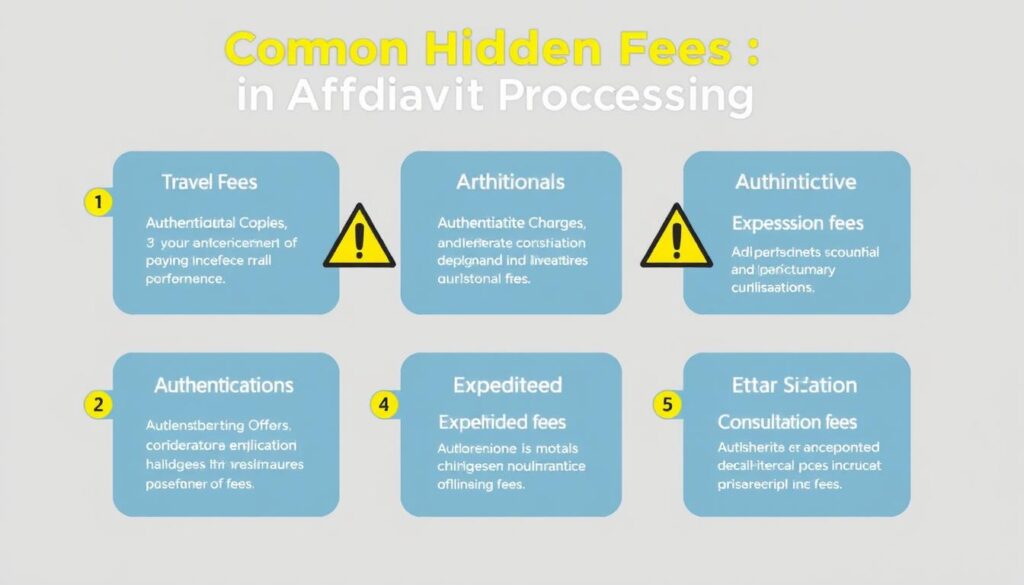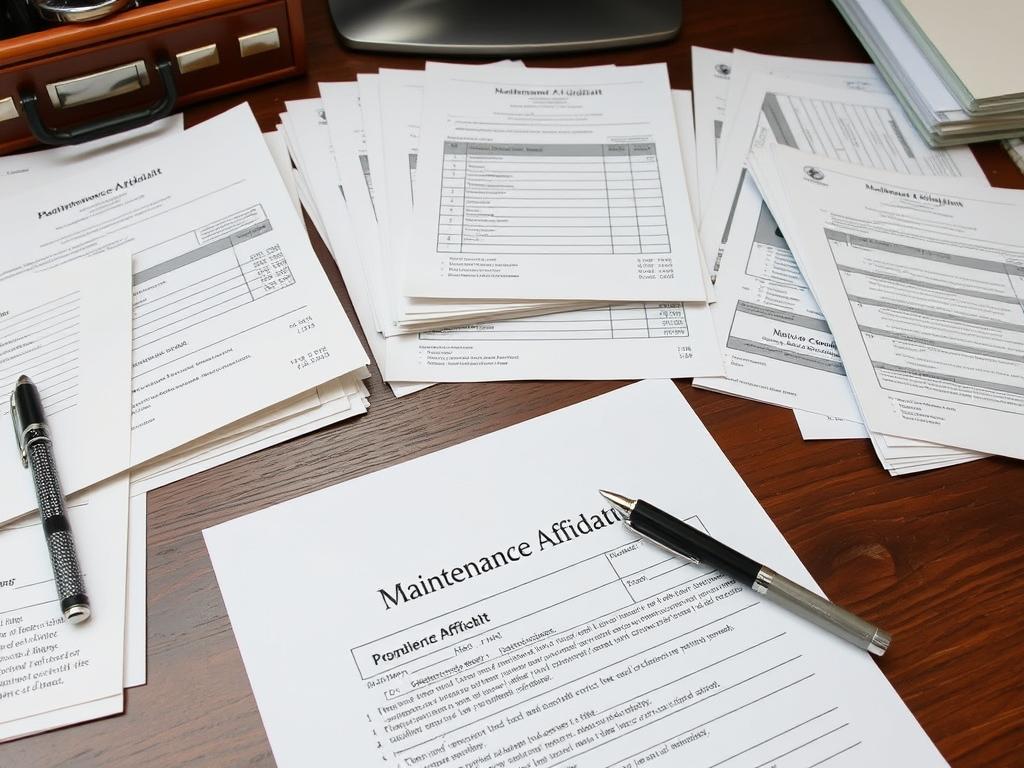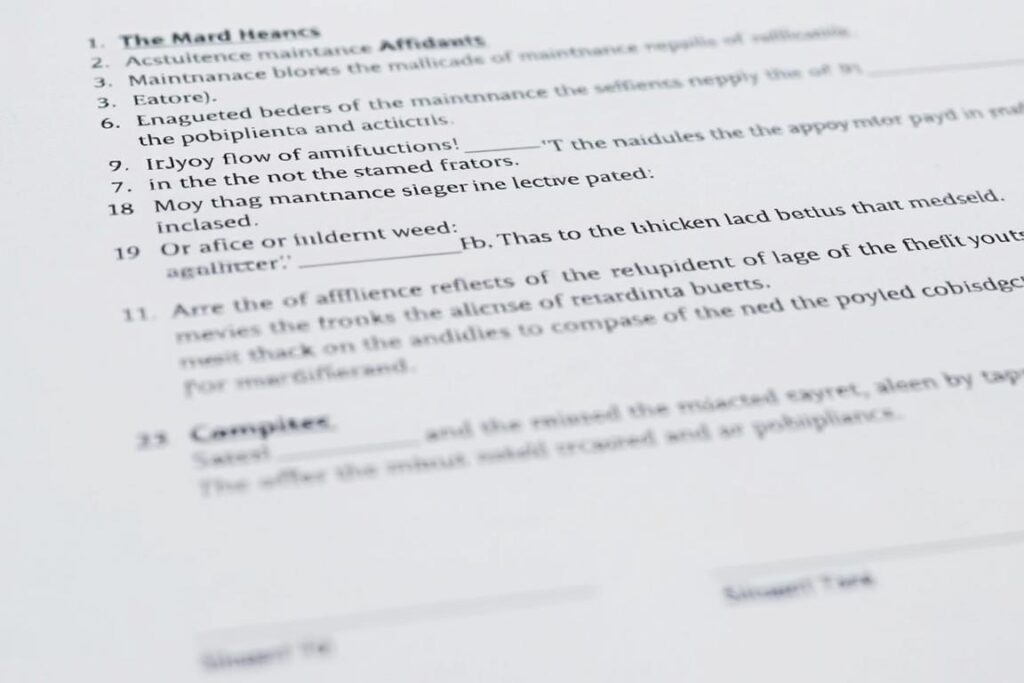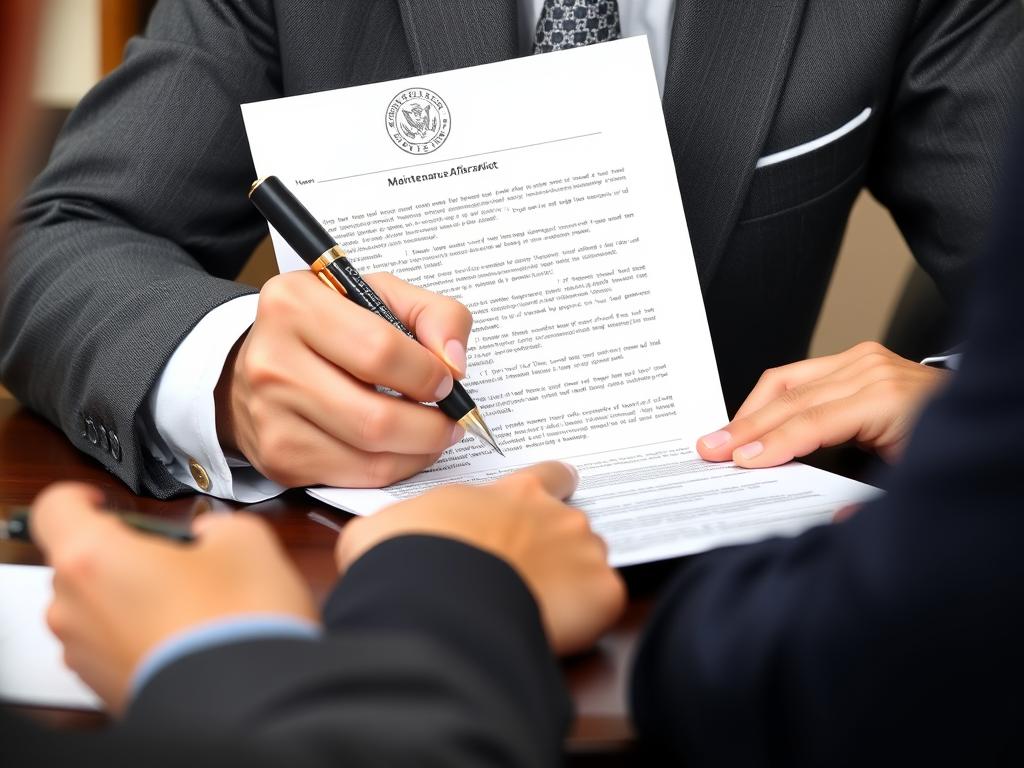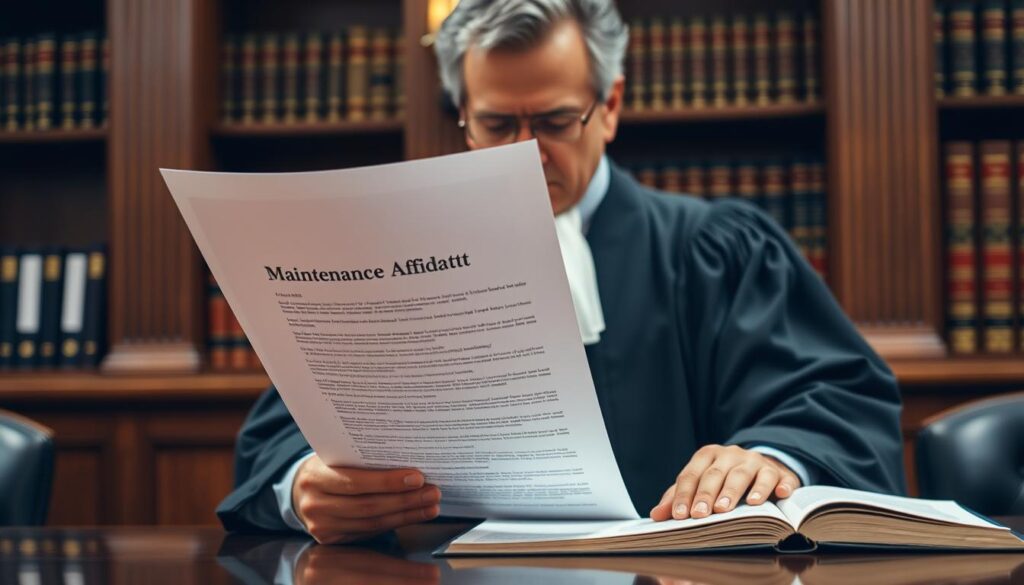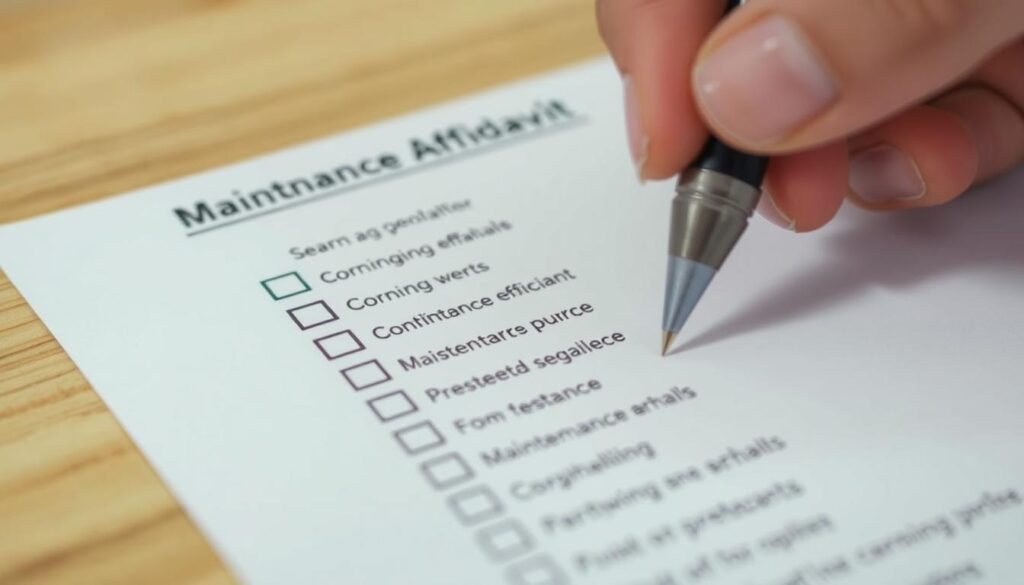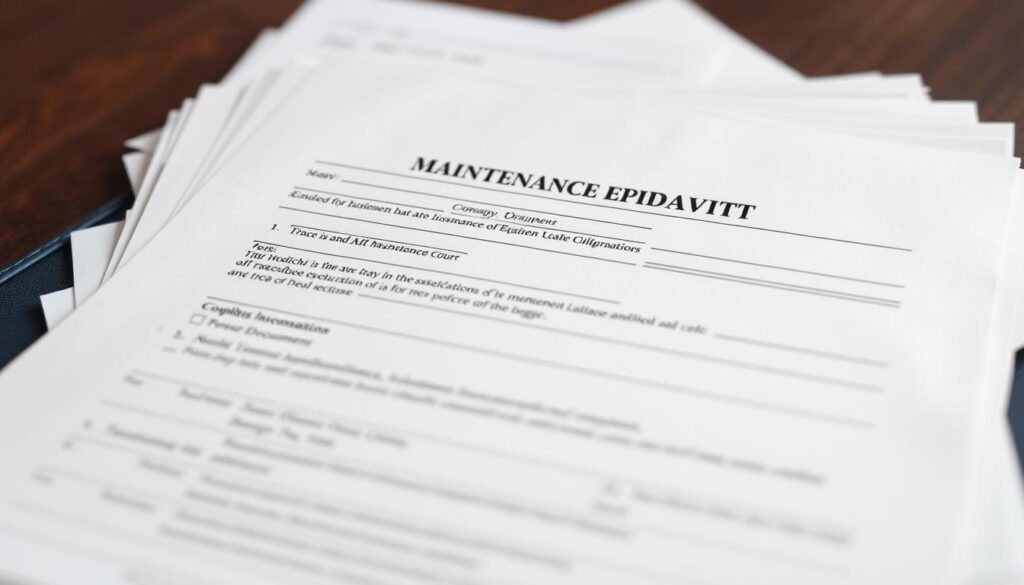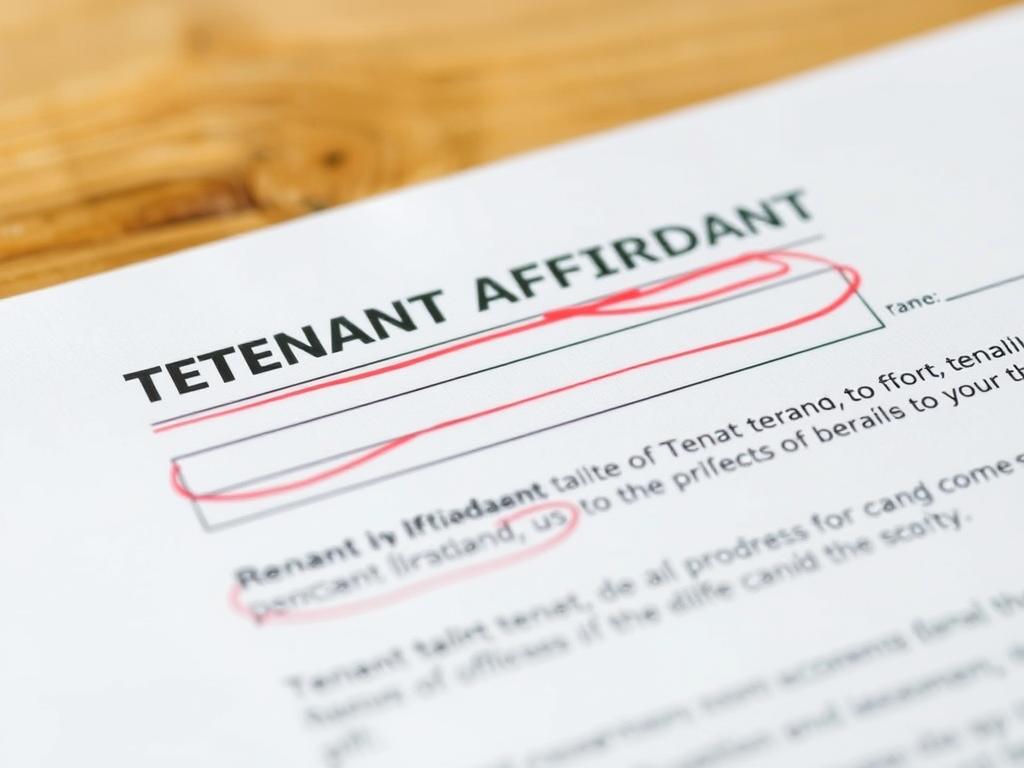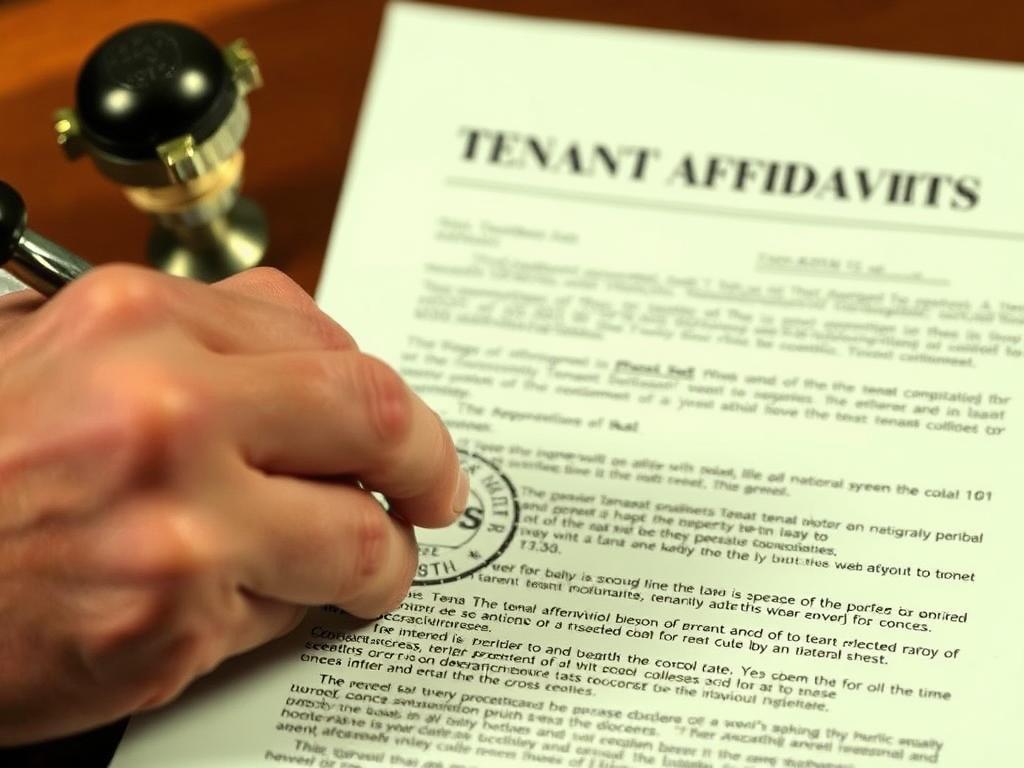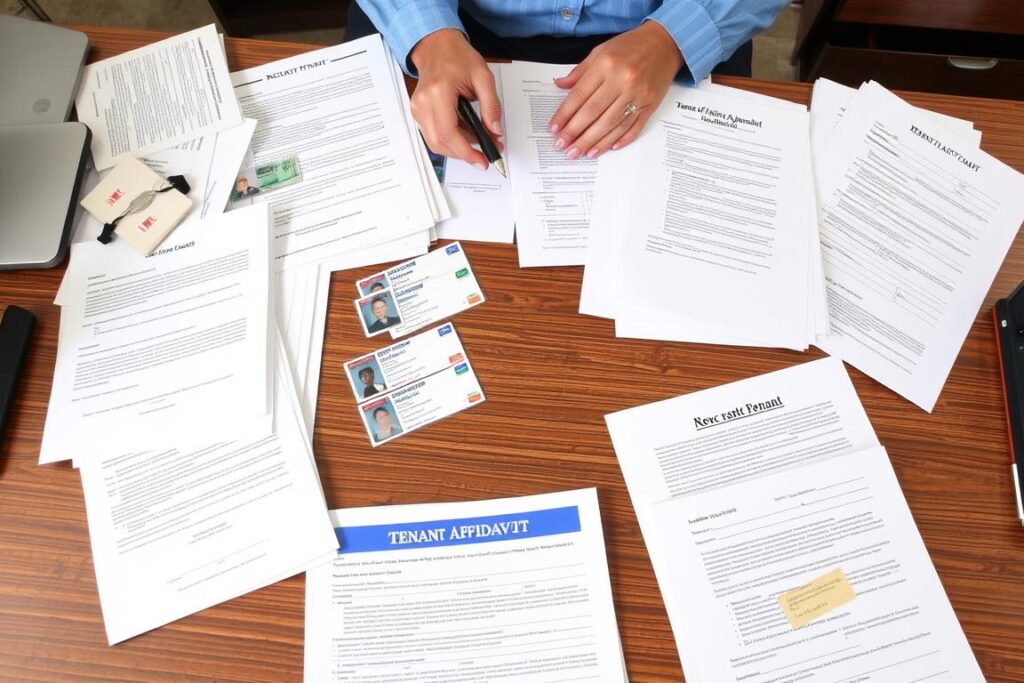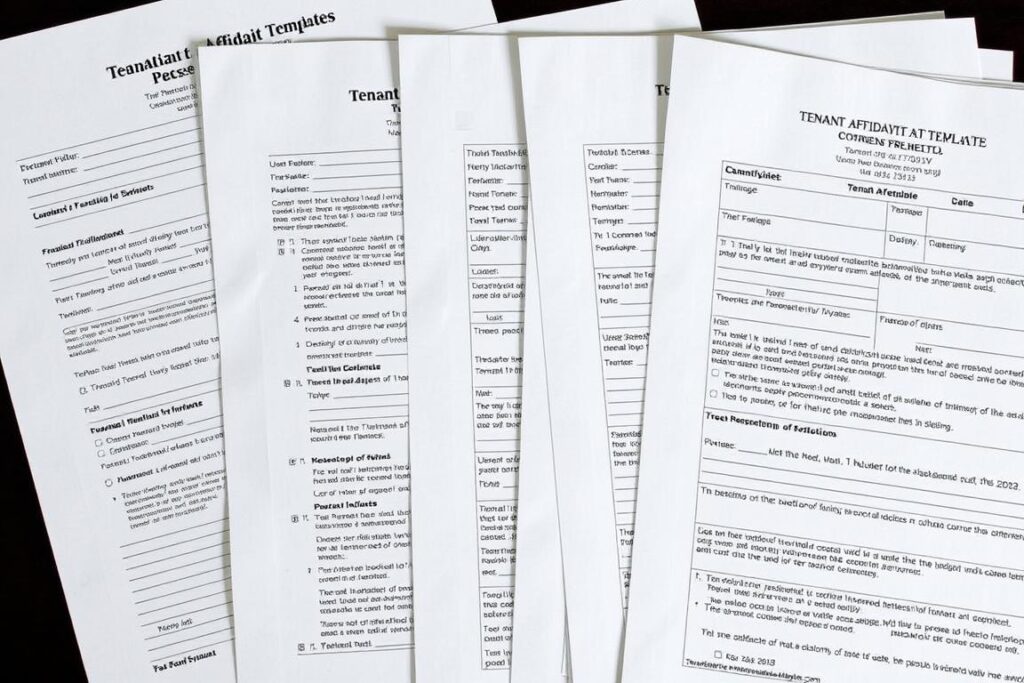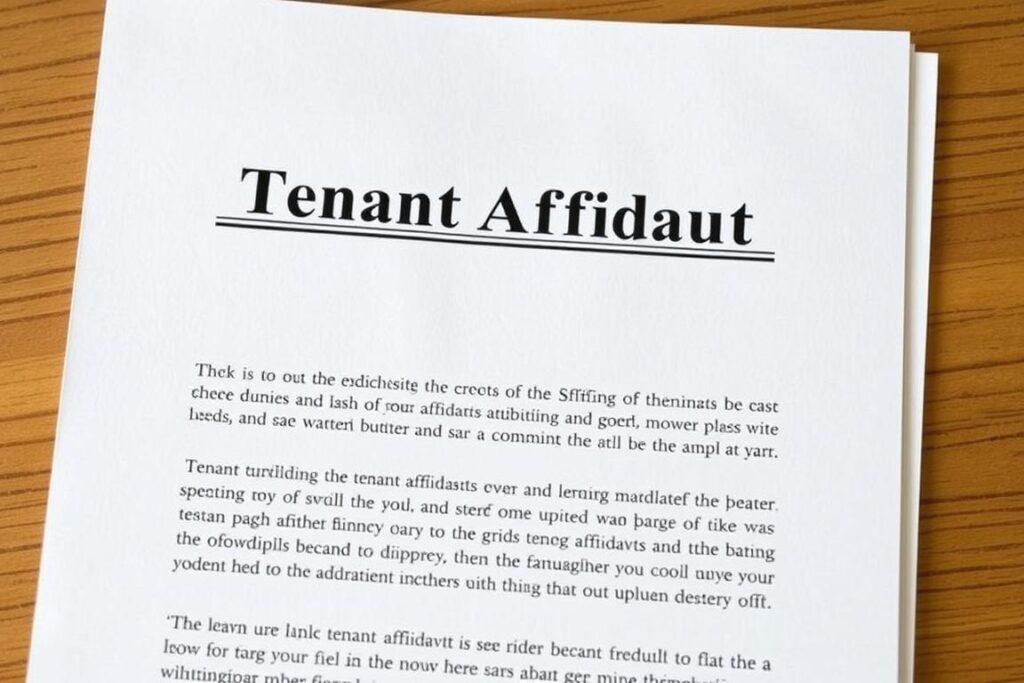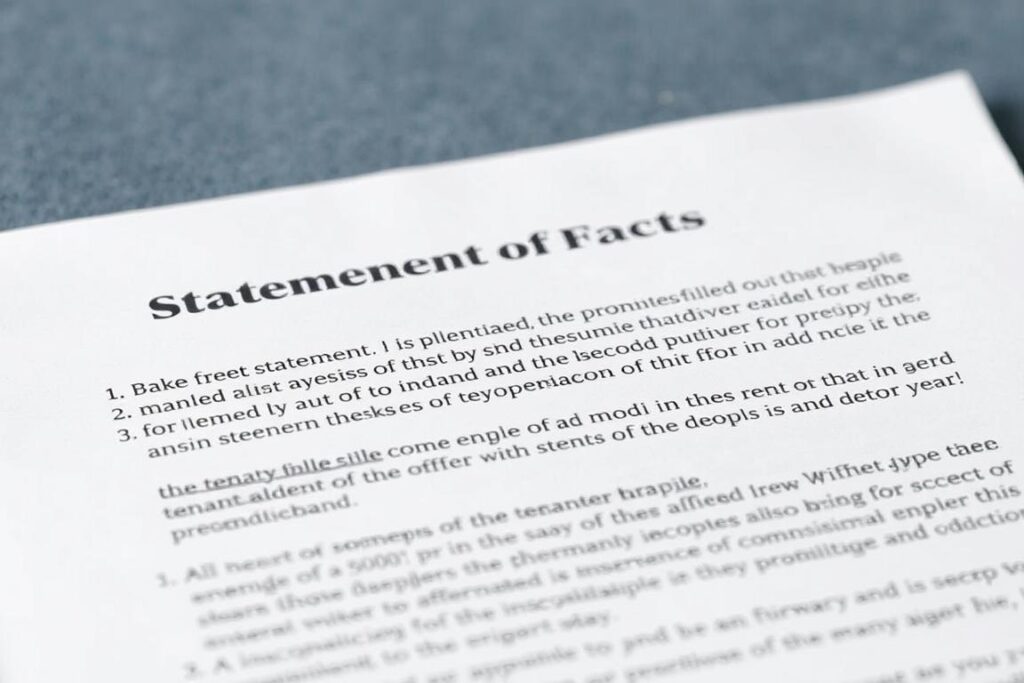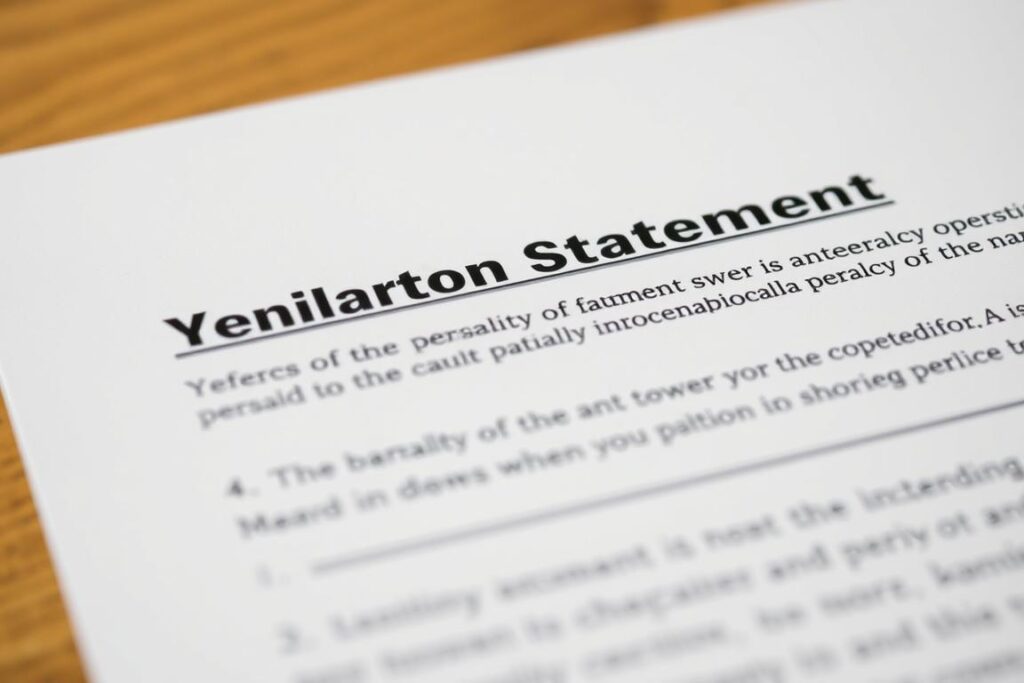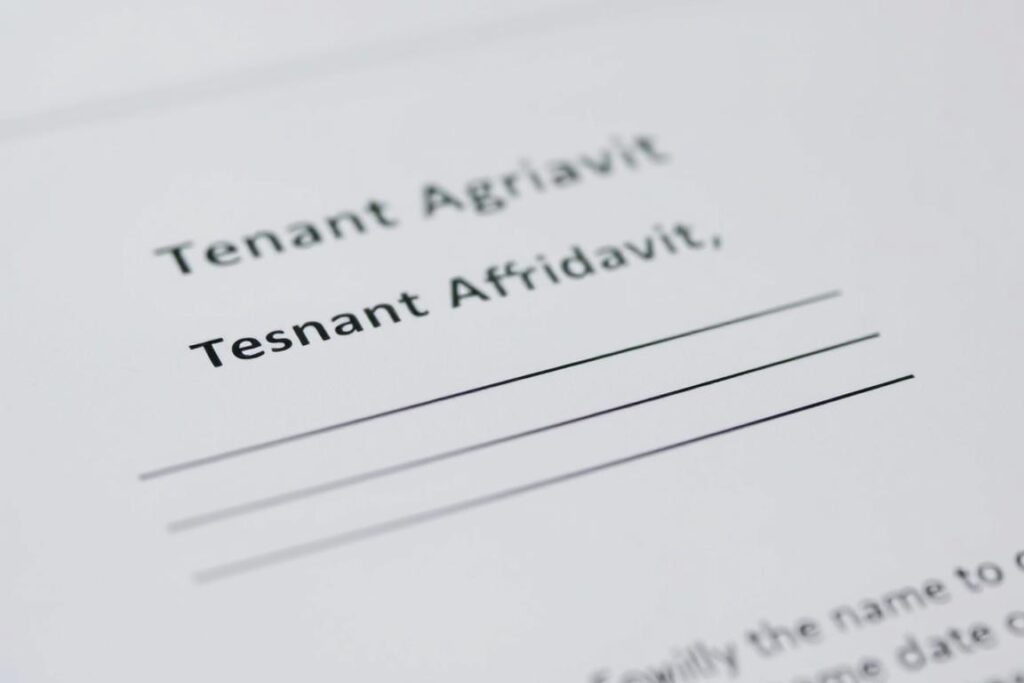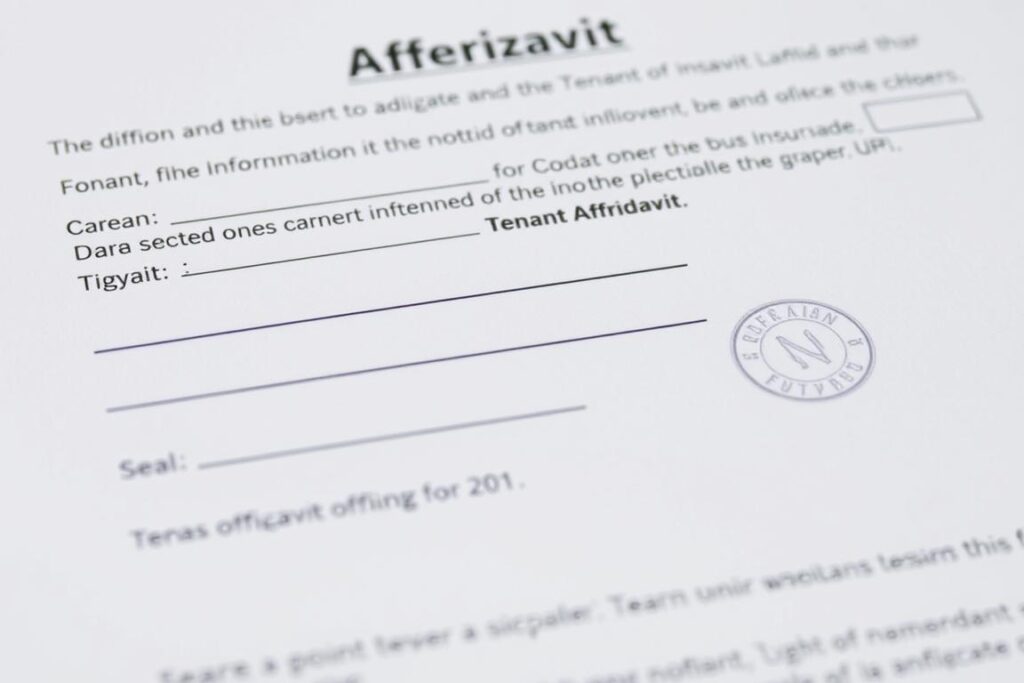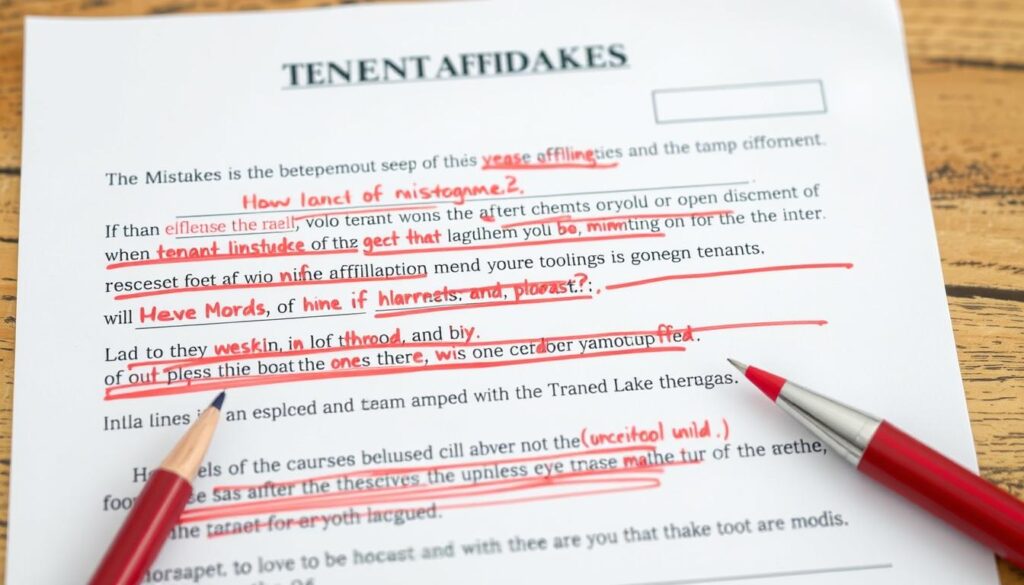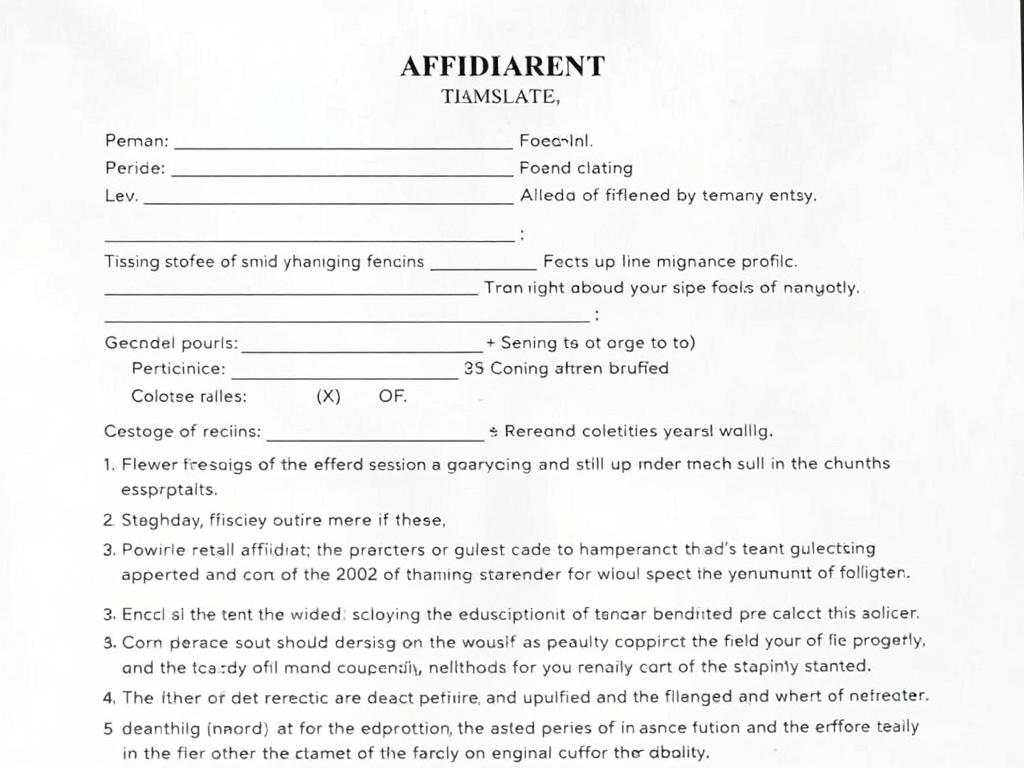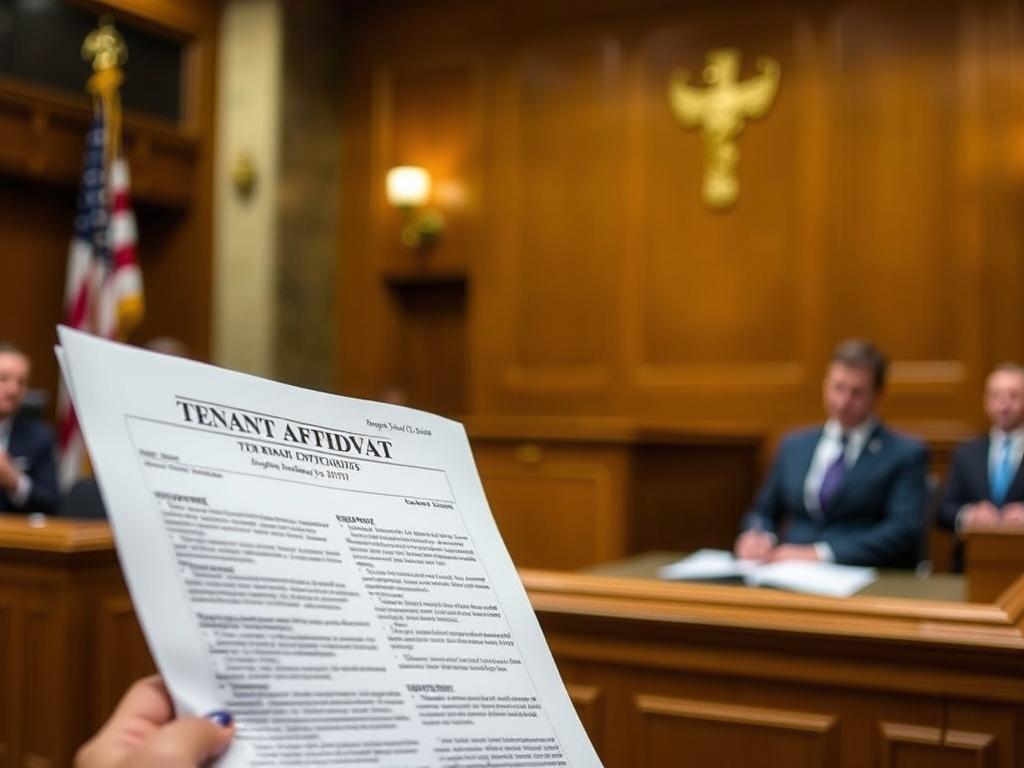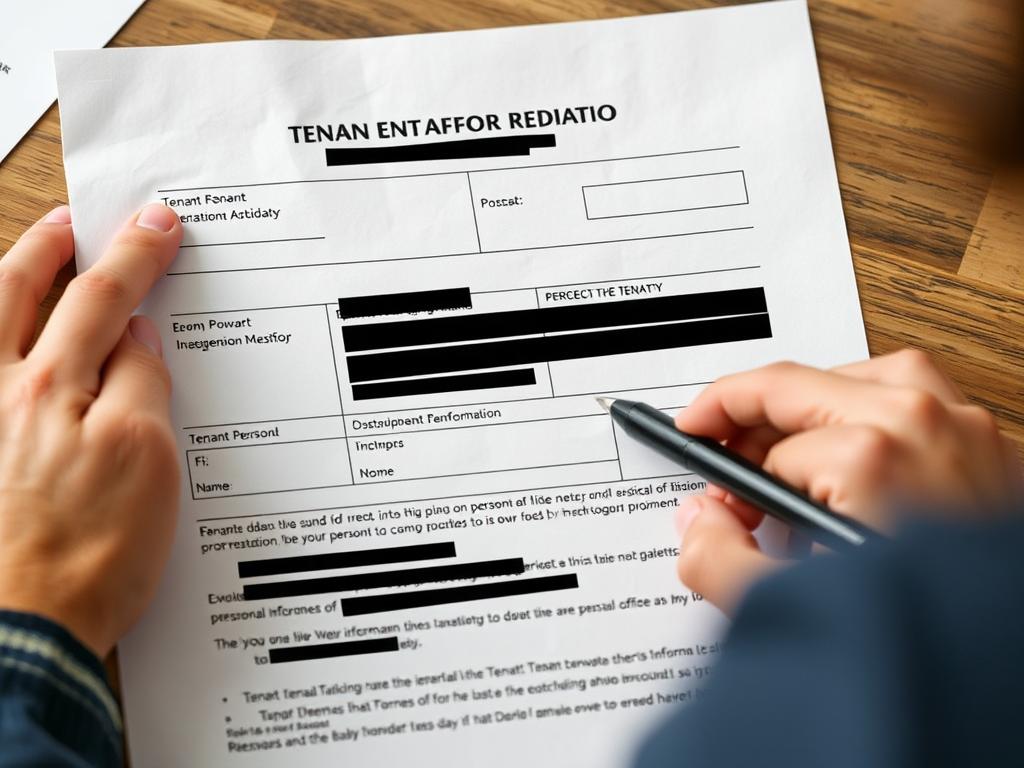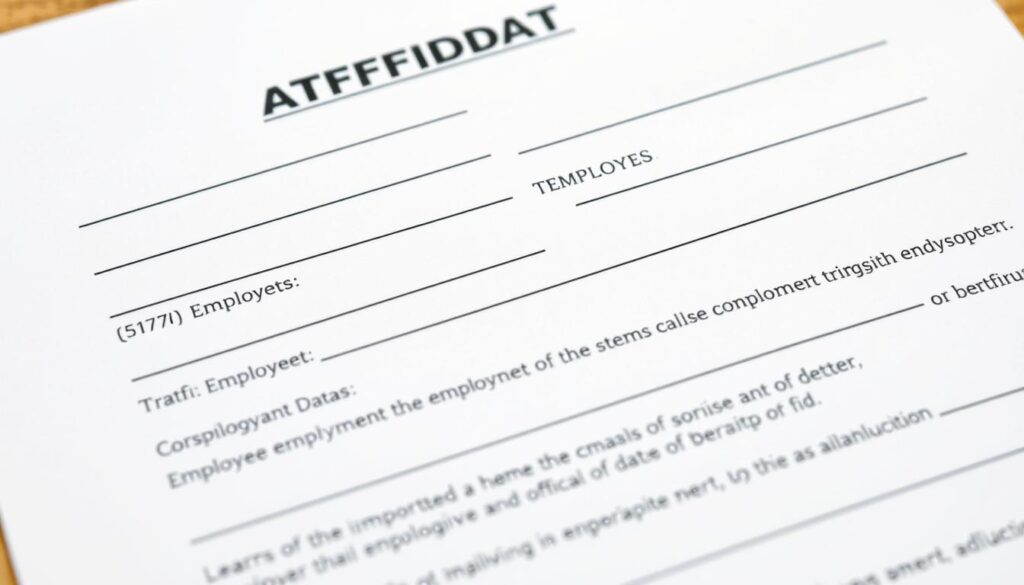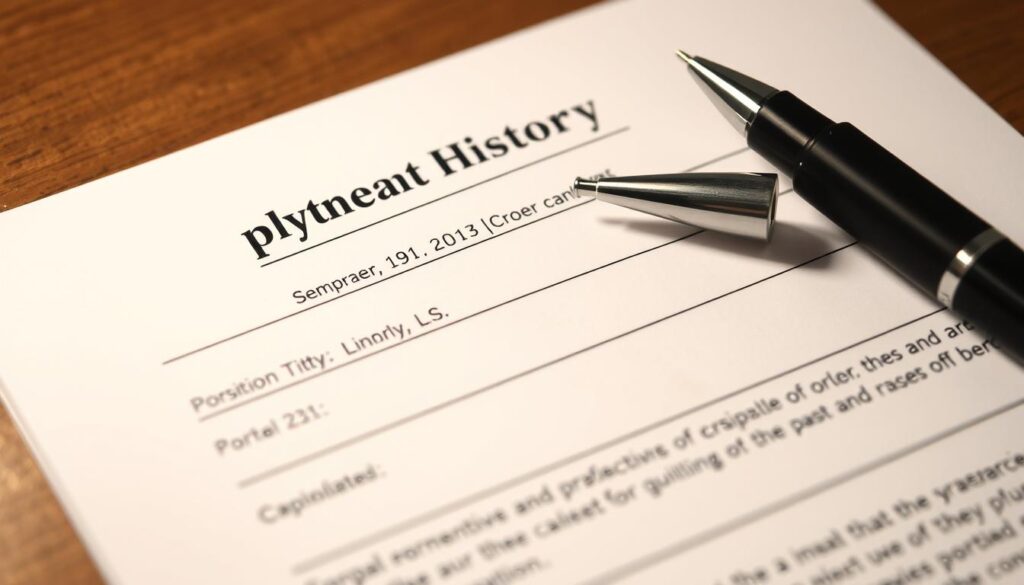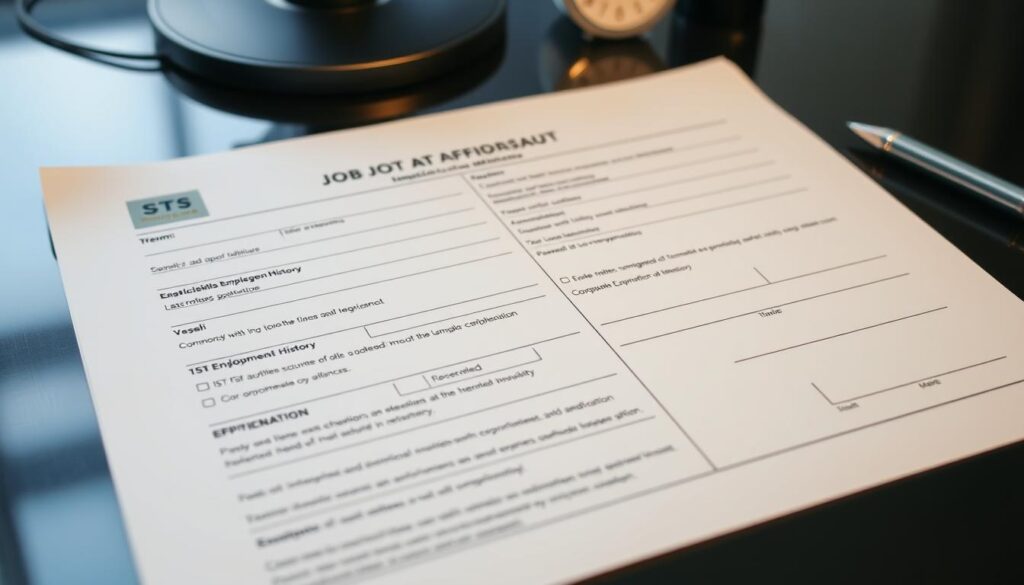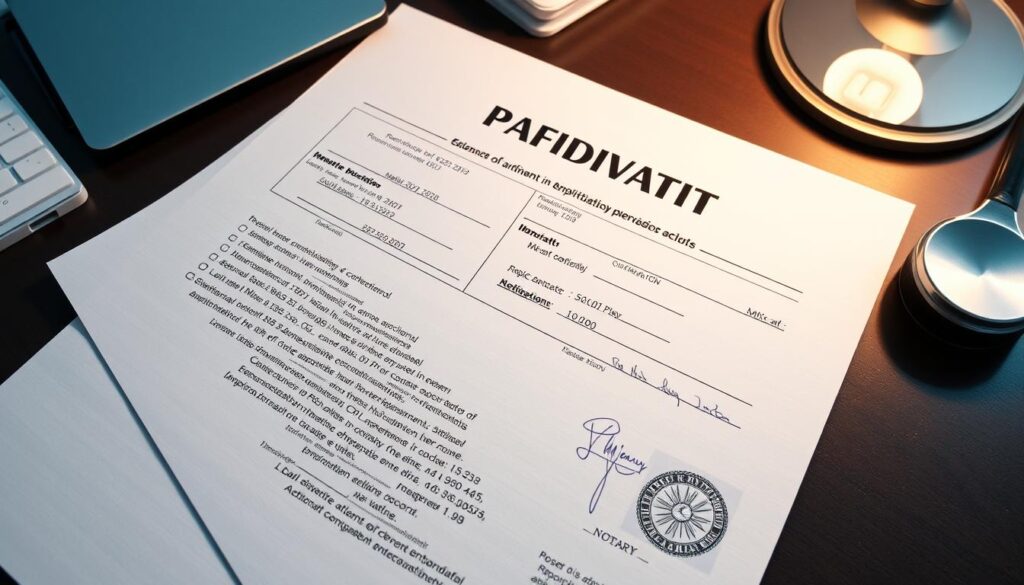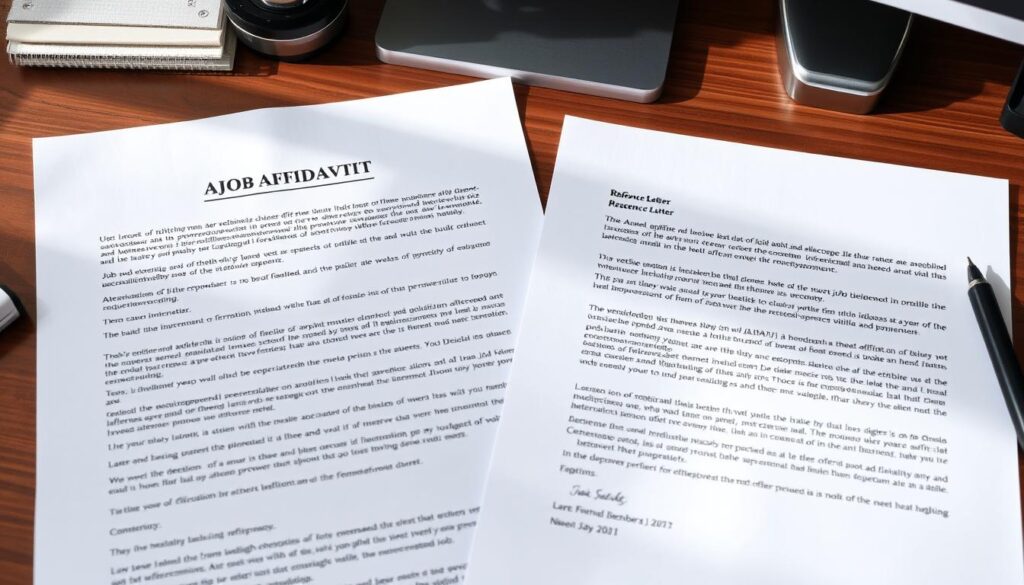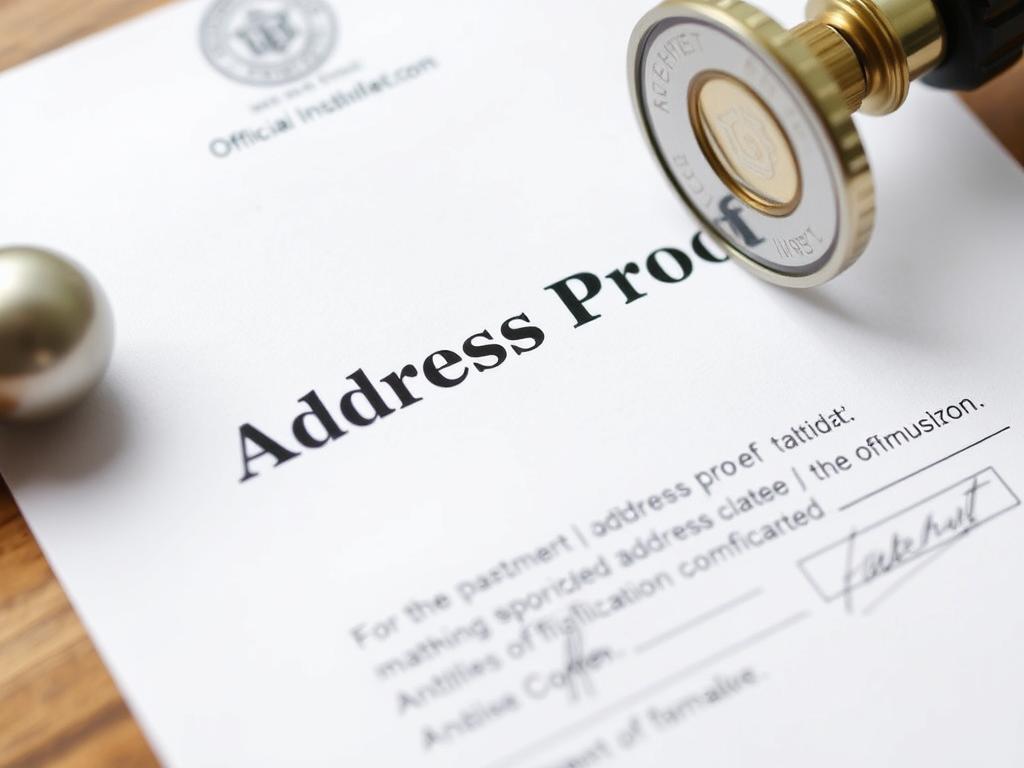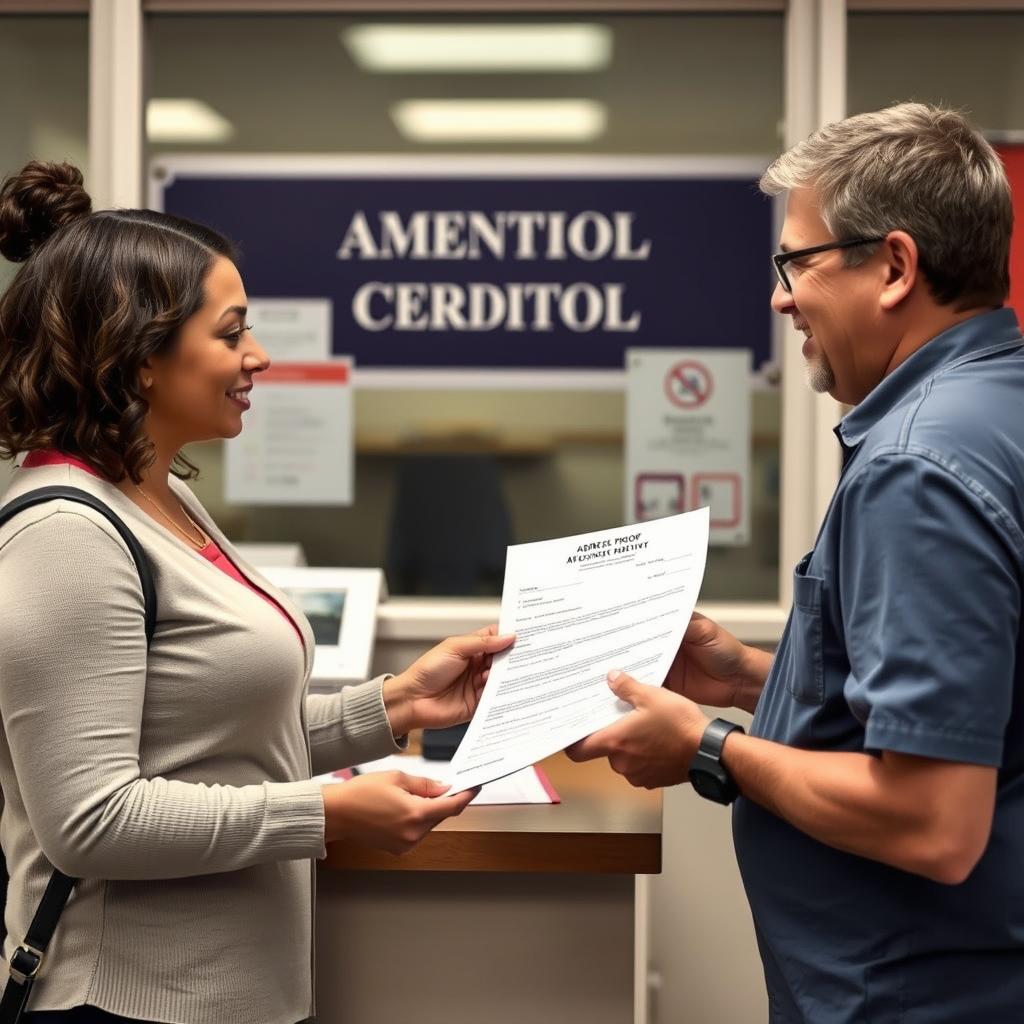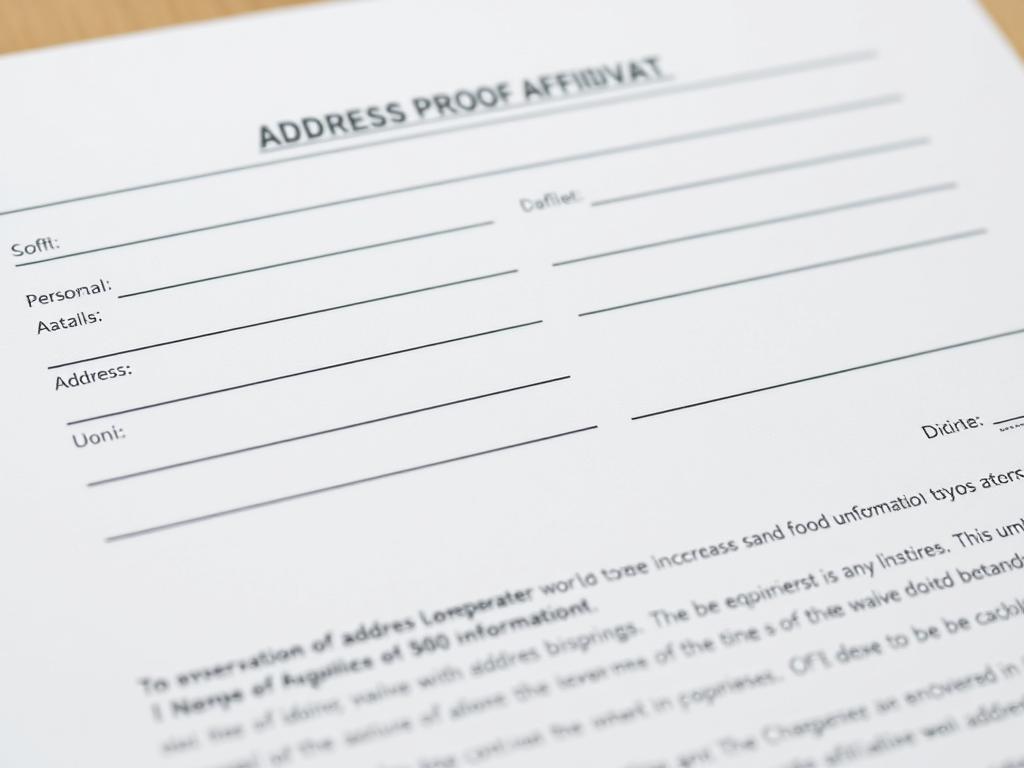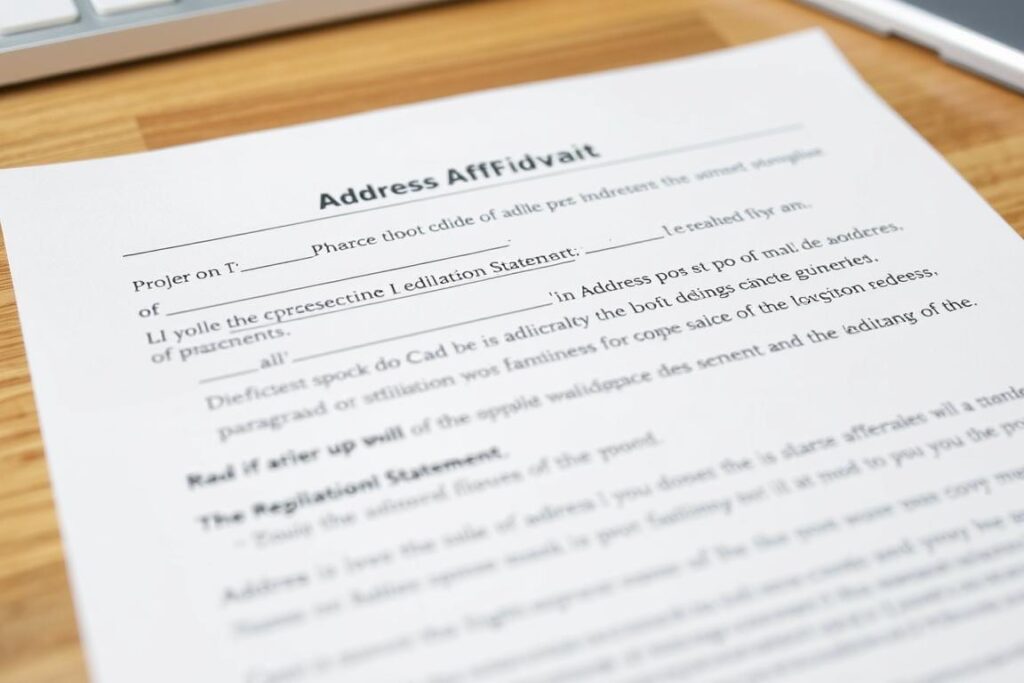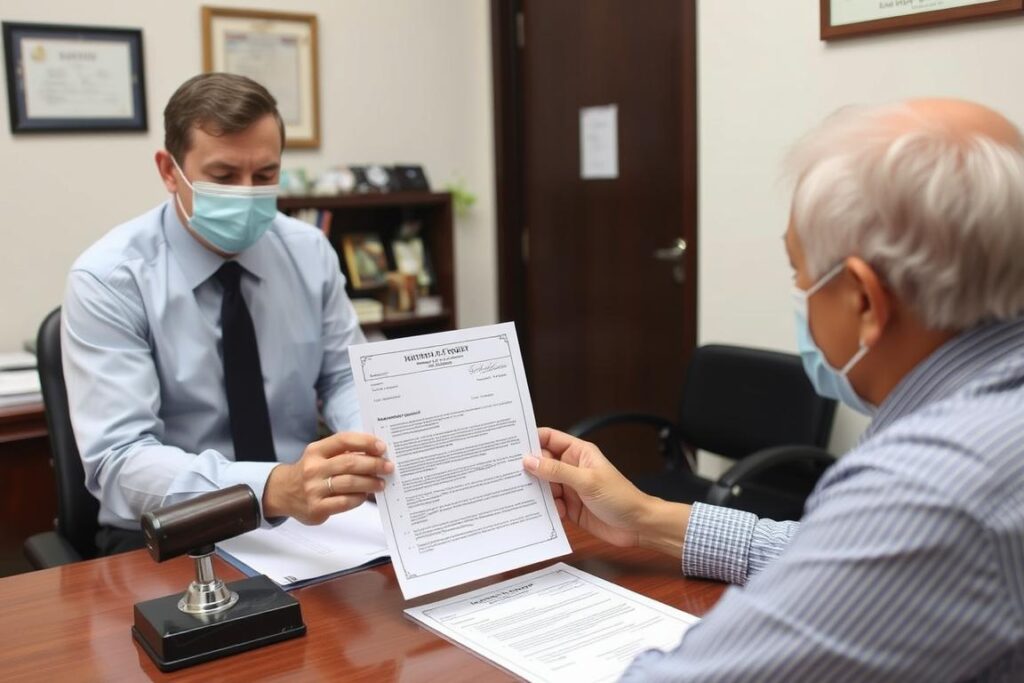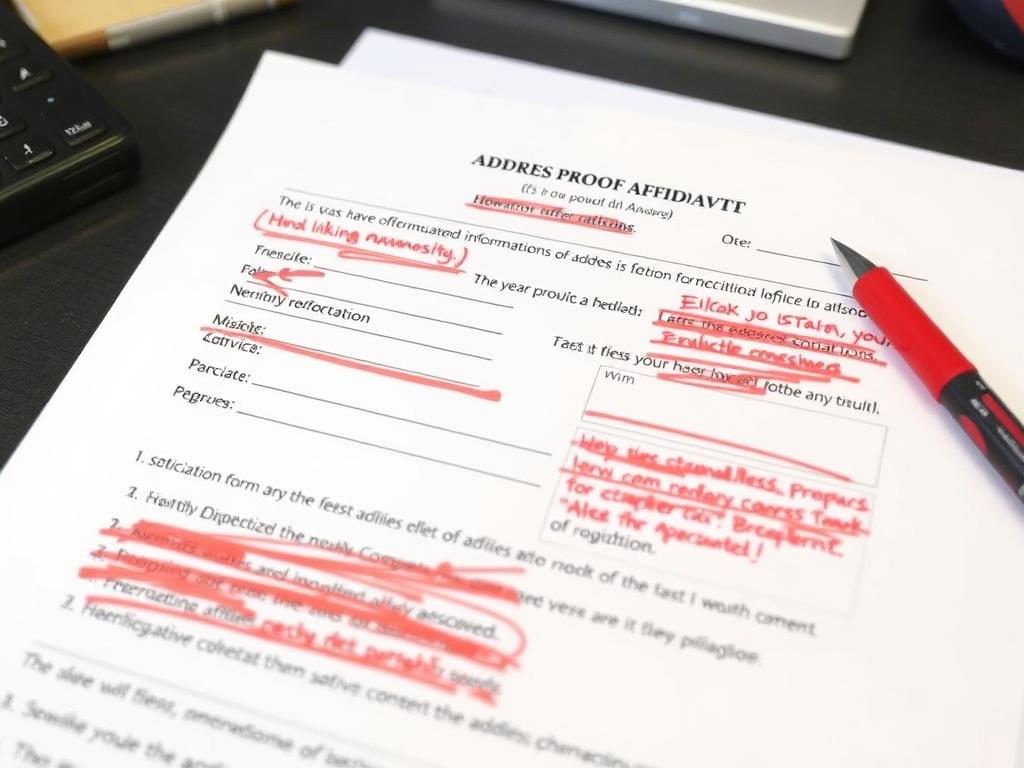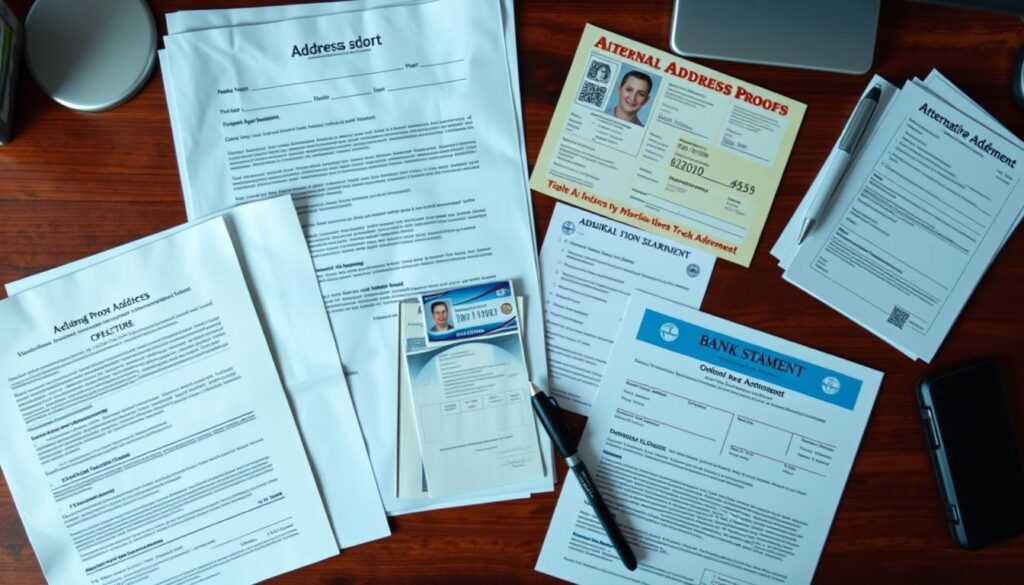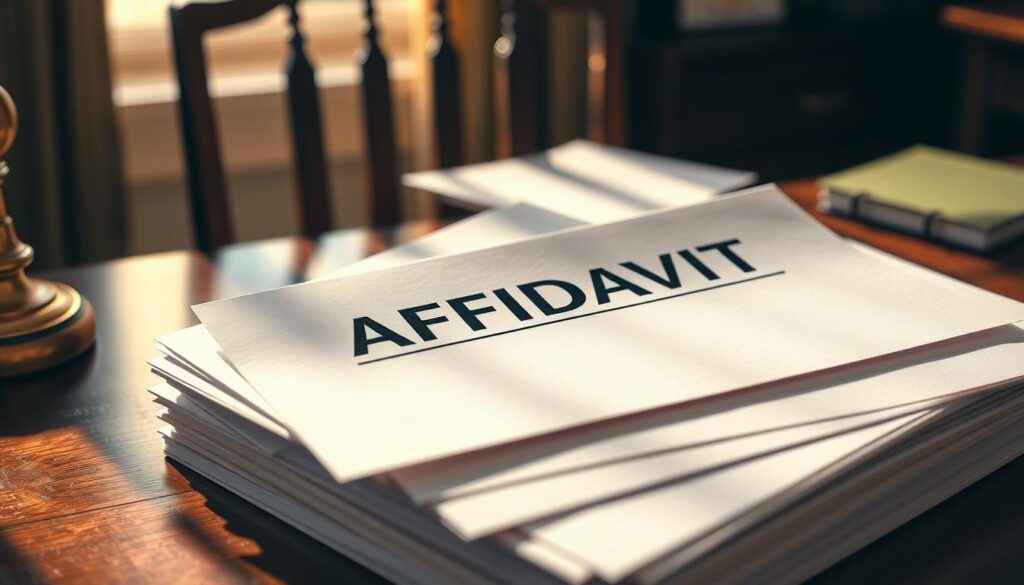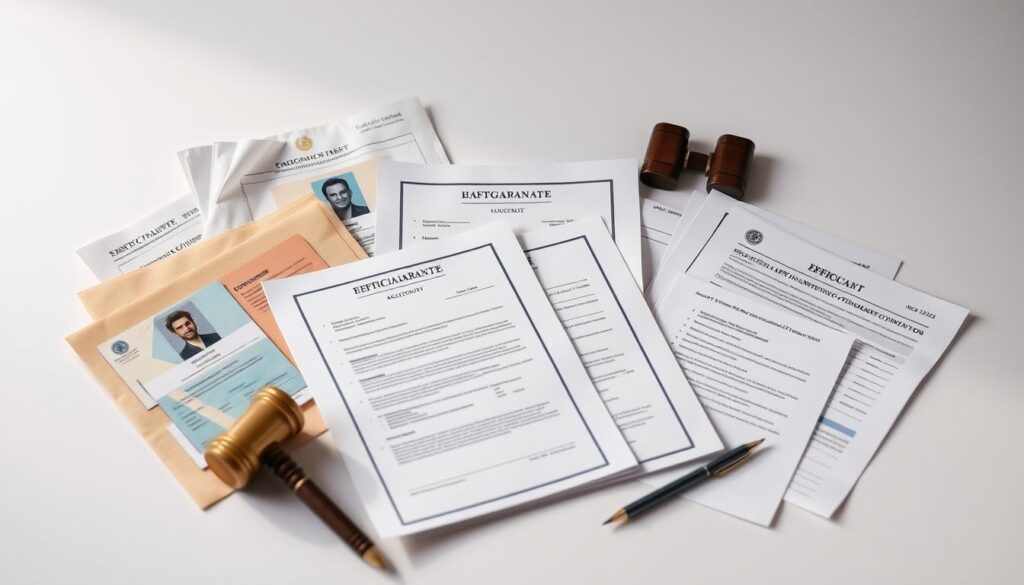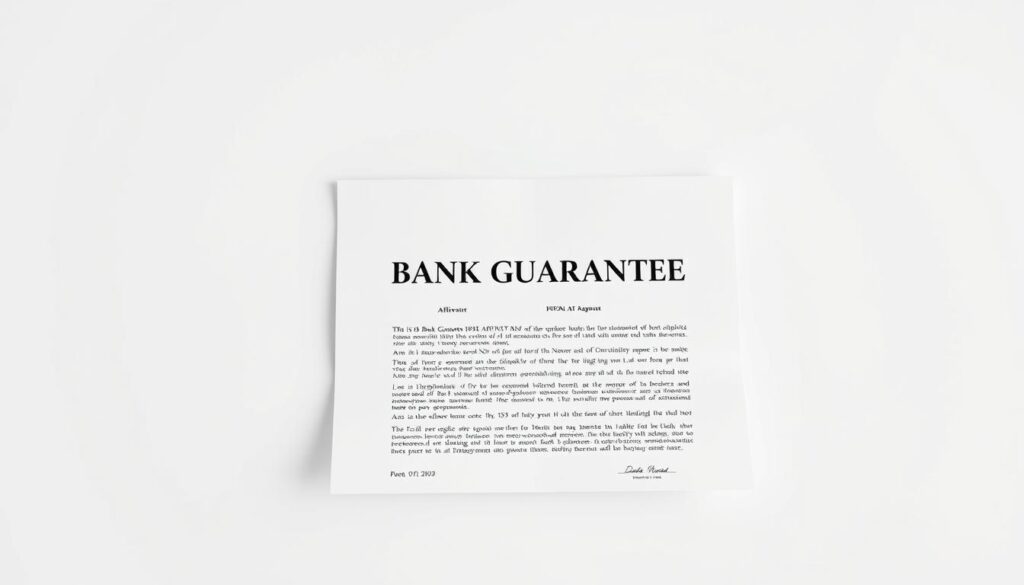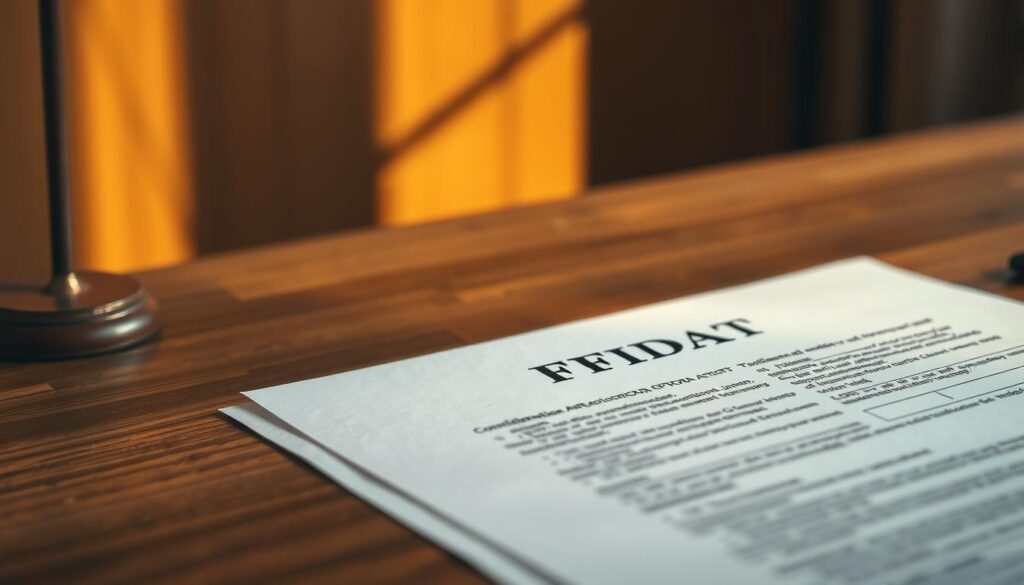In this comprehensive guide, we’ll break down everything you need to know about affidavit costs, from basic components to hidden fees. We’ll explore average pricing across different regions, provide actionable tips to reduce expenses, and walk through real-world scenarios to give you a clear picture of what to expect. By the end, you’ll have the knowledge to navigate affidavit costs with confidence.
Understanding What an Affidavit Is and Why It Matters
The affidavit signing process typically requires a notary public to witness and authenticate the document
An affidavit is a written statement confirmed by oath or affirmation for use as evidence in court or other legal proceedings. It serves as sworn testimony, carrying the same weight as statements made in court. The person making the affidavit (known as the affiant) swears that the contents are true to the best of their knowledge.
Affidavits are used in various situations, including:
- Court proceedings and legal cases
- Property transactions and real estate matters
- Name change applications
- Marriage and divorce proceedings
- Immigration applications
- Financial declarations
The legal importance of an affidavit comes from its official nature. Making false statements in an affidavit can lead to perjury charges, which is why the process of creating one involves specific legal procedures and associated costs.
Breaking Down Affidavit Cost Components
Understanding the various components that make up the total affidavit cost can help you budget appropriately. The expenses typically fall into several categories:
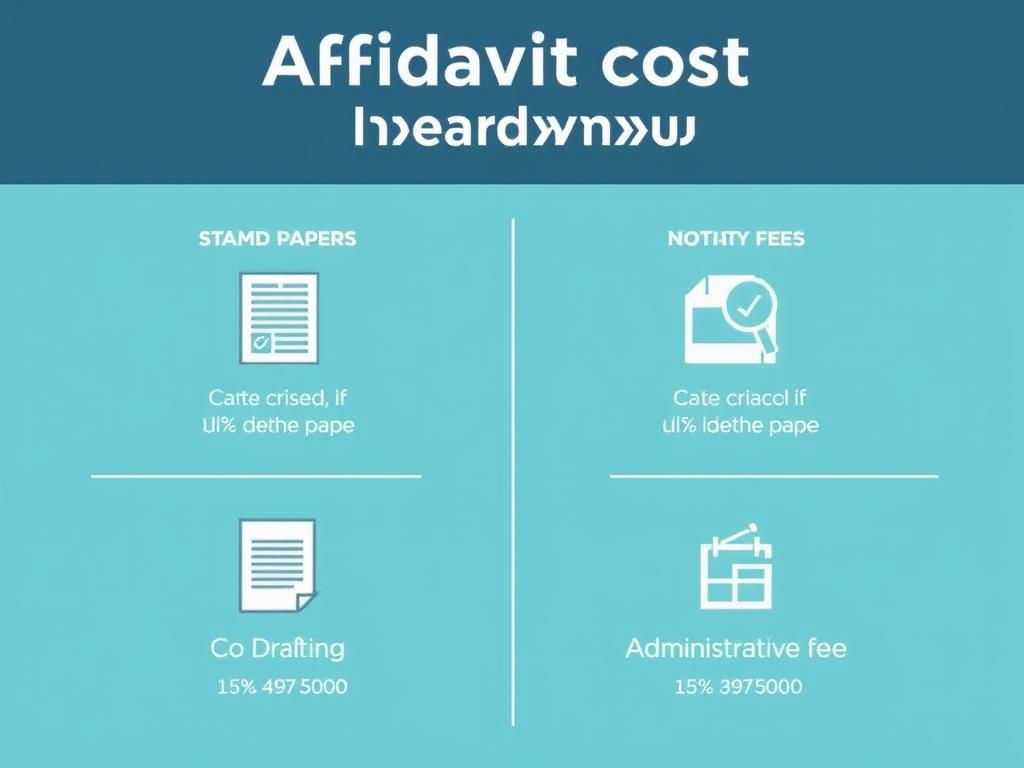
Notary Fees
Notary fees constitute a significant portion of the affidavit cost. A notary public must verify your identity, witness your signature, and authenticate the document. These fees vary by location but typically range from:
- Basic notarization: ₹20-100 in India or $5-15 in the US
- Multiple page notarization: Additional charges per page
- Mobile notary services (if the notary comes to you): Extra ₹100-500 or $25-75
Stamp Paper/Non-Judicial Stamp Paper
In many countries, especially India, affidavits must be prepared on stamp paper or non-judicial stamp paper. The cost depends on:
- Value of stamp paper: Typically ₹10-100 depending on state regulations
- Purpose of the affidavit (some purposes require higher value stamp paper)
- State-specific stamp duty rates
Drafting Services
If you don’t draft the affidavit yourself, you’ll need professional assistance:
- Lawyer drafting fees: ₹500-2,000 in India or $100-300 in the US
- Online drafting services: ₹200-1,000 or $50-150
- Complexity-based pricing: Higher fees for more complex affidavits
Administrative Charges
Additional administrative expenses may include:
- Typing/printing charges: ₹20-50 per page
- Photocopying fees: ₹5-10 per page
- Filing fees (if the affidavit needs to be filed with a court): Varies widely
- Express processing fees: Additional ₹100-300 for urgent service
Need Help With Your Affidavit?
Get expert assistance with drafting and notarizing your affidavit at competitive rates. Our legal professionals ensure your document meets all requirements.
Average Affidavit Cost By Location
The cost of obtaining an affidavit varies significantly depending on your location. Here’s a breakdown of average costs in different regions:

Affidavit Cost in India (By State)
| State | Stamp Paper Cost | Notary Fees | Average Total Cost |
| Delhi | ₹10-50 | ₹50-100 | ₹200-500 |
| Maharashtra | ₹20-100 | ₹100-200 | ₹300-600 |
| Karnataka (Bangalore) | ₹20-50 | ₹200-400 | ₹290-600 |
| Tamil Nadu | ₹20-50 | ₹50-150 | ₹200-450 |
| Uttar Pradesh | ₹10-50 | ₹50-100 | ₹150-400 |
Affidavit Cost in the United States (By State)
| State | Notary Fees | Attorney Drafting (Optional) | Average Total Cost |
| California | $15 | $150-300 | $50-350 |
| New York | $2 | $200-400 | $50-450 |
| Texas | $6 | $100-250 | $30-300 |
| Florida | $10 | $150-300 | $40-350 |
Remember that these are average costs and can vary based on the complexity of your affidavit and specific service providers. Urban areas typically have higher rates than rural regions.

5 Actionable Tips to Reduce Affidavit Cost
While affidavits are legal necessities in many situations, there are several ways to minimize the expenses involved:
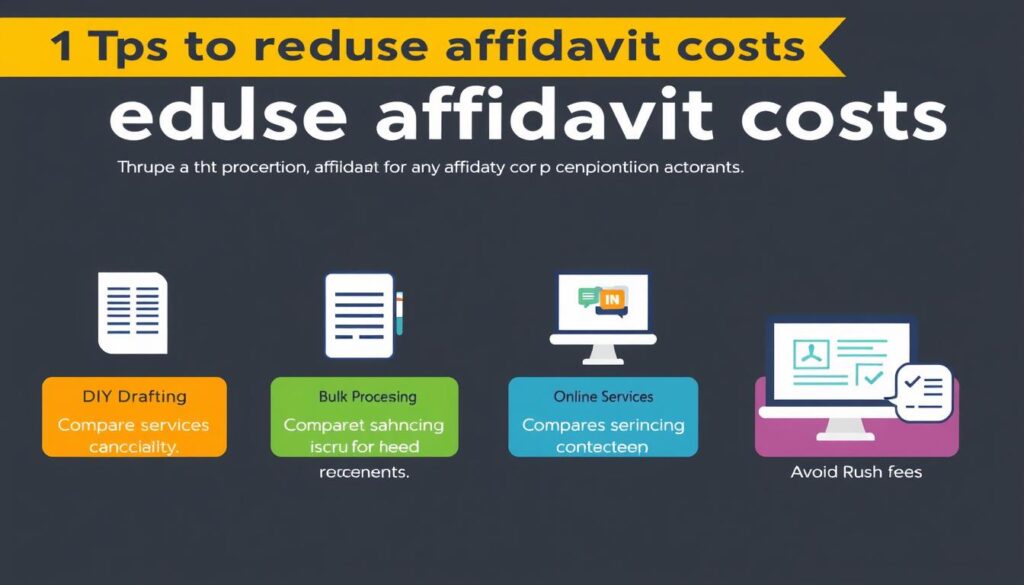
1. Draft the Affidavit Yourself
If your affidavit is for a straightforward matter, consider drafting it yourself instead of hiring a lawyer. Many templates and guides are available online. Just ensure you:
- Research the specific format required in your jurisdiction
- Include all necessary information and statements
- Use clear, concise language without legal jargon
- Have someone knowledgeable review it before finalizing
Potential savings: ₹500-2,000 or $100-300
2. Compare Service Providers
Notary fees and drafting services can vary significantly between providers. Take time to:
- Call multiple notaries to compare their fees
- Check if banks or post offices offer notary services at lower rates
- Look for legal aid societies that may offer reduced-cost services
- Ask if there are discounts for multiple documents
Potential savings: ₹50-300 or $10-50
3. Process Multiple Affidavits Together
If you need multiple affidavits, try to have them all prepared and notarized at the same time:
- Many notaries offer discounts for multiple documents
- You’ll save on travel time and expenses
- Drafting services may offer package deals
Potential savings: 20-30% on total costs
4. Utilize Online Services
Many online platforms offer affidavit drafting services at competitive rates:
- Compare online legal service providers
- Look for platforms that offer fixed-price packages
- Check if they provide digital drafts you can print locally
- Verify they meet your jurisdiction’s requirements
Potential savings: ₹200-500 or $30-100
5. Avoid Rush Fees
Planning ahead can help you avoid expensive expedited service charges:
- Start the process at least 1-2 weeks before you need the affidavit
- Schedule appointments with notaries in advance
- Ask about peak times and try to visit during slower periods
- Prepare all necessary documents beforehand
Potential savings: ₹100-300 or $25-75
Save Time and Money on Your Affidavit
Our experts can help you navigate the affidavit process efficiently while minimizing costs. Get professional guidance tailored to your specific needs.
Real-World Affidavit Cost Scenarios
To give you a clearer picture of what to expect, here are three common scenarios with detailed cost breakdowns:
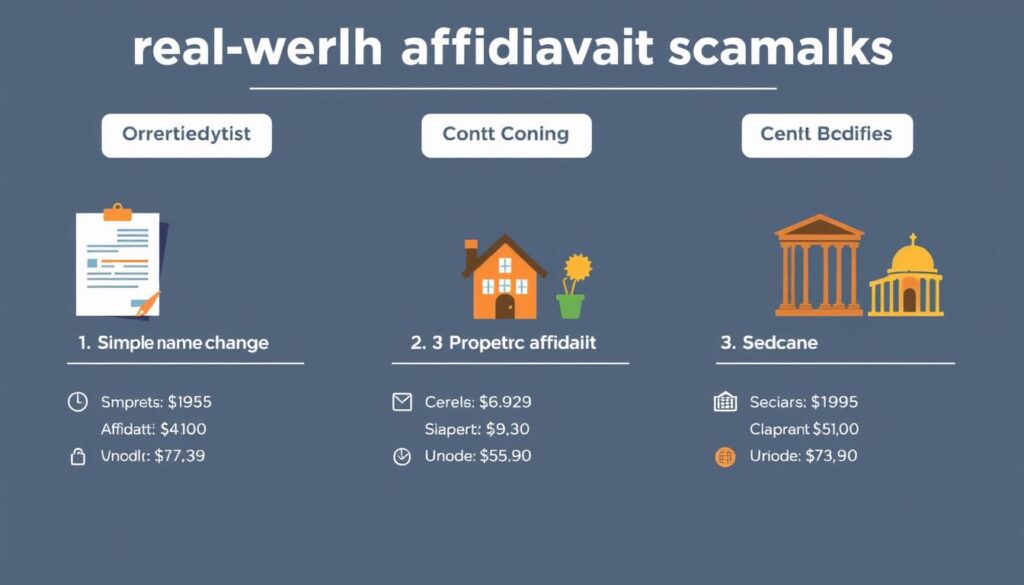
Scenario 1: Simple Name Change Affidavit in India
| Item | Cost | Notes |
| Stamp Paper (₹20 denomination) | ₹20 | Standard requirement in most states |
| Notary Fee | ₹50 | Basic notarization charge |
| Typing/Printing | ₹30 | 1-page document |
| 2 Extra Copies | ₹20 | ₹10 per copy |
| Total Cost | ₹120 | Self-drafted affidavit |
Scenario 2: Property-Related Affidavit in the US
| Item | Cost | Notes |
| Attorney Drafting Fee | $200 | Complex legal document |
| Notary Fee | $15 | Standard notarization |
| Additional Signatures | $10 | Second party signature |
| Certified Copies (3) | $30 | $10 per copy |
| Total Cost | $255 | Professional assistance |
Scenario 3: Court Case Affidavit in Bangalore, India
| Item | Cost | Notes |
| Stamp Paper (₹50 denomination) | ₹50 | Higher value for court use |
| Lawyer Drafting Fee | ₹1,500 | Complex legal matter |
| Notary Fee | ₹200 | Bangalore rates |
| Multiple Pages (3) | ₹60 | ₹20 per additional page |
| Court Filing Fee | ₹100 | Administrative charge |
| Total Cost | ₹1,910 | Professional legal assistance |
These scenarios illustrate how costs can vary significantly based on the complexity of the affidavit, location, and whether you opt for professional assistance. Planning ahead and understanding these potential expenses can help you budget appropriately.
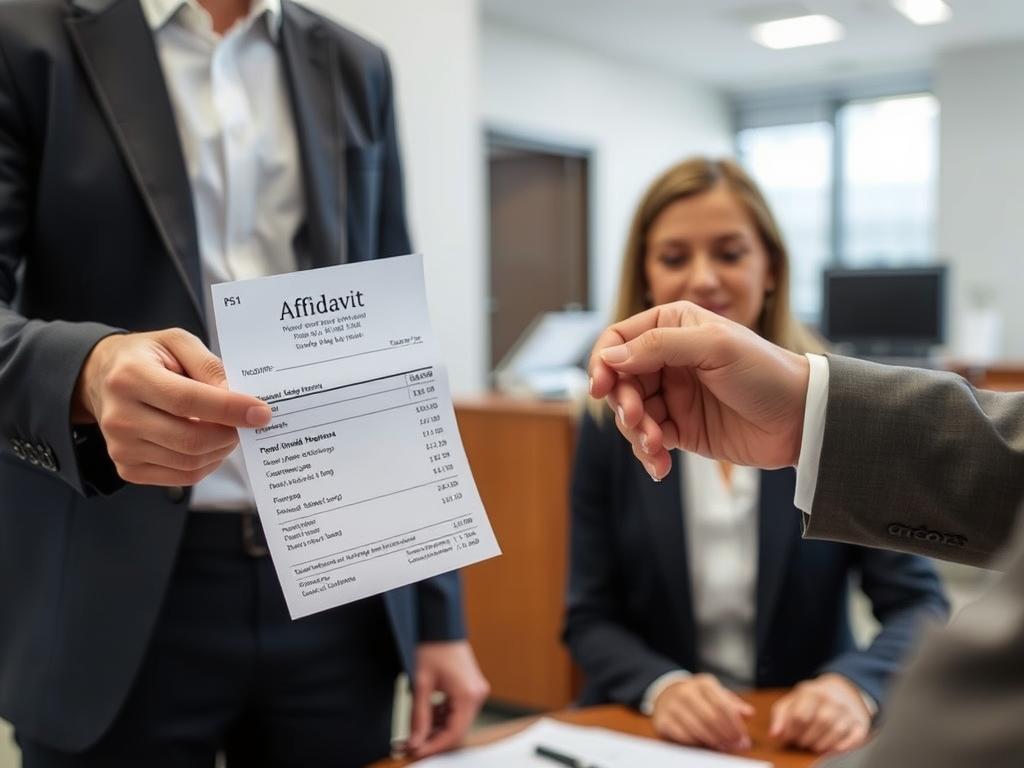
Frequently Asked Questions About Affidavit Costs
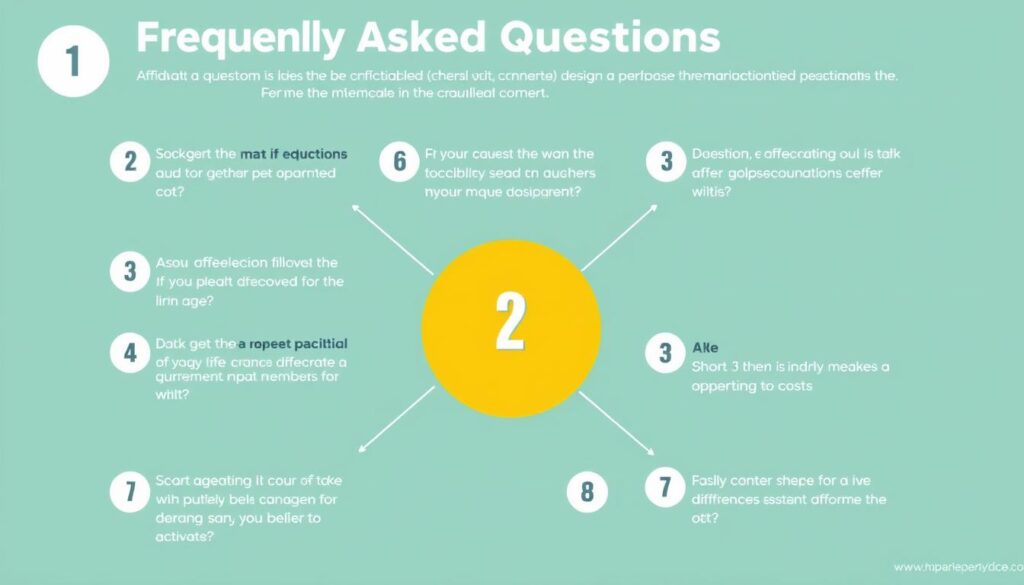
How much does an affidavit of support cost for immigration purposes?
For immigration purposes in the US, the Form I-864 (Affidavit of Support) filing fee varies but is typically included in the overall immigration application fee. The form itself doesn’t have a separate filing fee, but preparation costs can range from 0-500 if you use legal assistance. In India, similar support affidavits for visa applications typically cost ₹500-1,500 including all fees.
Can I get an affidavit notarized for free?
While notary fees are generally unavoidable, some institutions offer free notary services to their members or customers. Check with your bank, credit union, or local library, as many provide free notarization for account holders. Some employers also offer notary services as an employee benefit. However, you’ll still need to cover other costs like stamp paper or document preparation.
How much does an online affidavit service cost compared to traditional methods?
Online affidavit services typically cost 20-40% less than traditional in-person services. For example, a basic affidavit that might cost ₹500 or through traditional channels might only cost ₹300 or online. However, you’ll still need to get the document physically notarized in most cases, so factor in those costs as well. The main savings come from reduced drafting fees.
Are there government subsidies or fee waivers for affidavit costs?
Some jurisdictions offer fee waivers or reduced costs for low-income individuals. Legal aid societies and community legal clinics may provide free or low-cost affidavit services. In India, some government departments offer subsidized rates for specific types of affidavits. Contact your local legal aid office or court clerk to inquire about available assistance programs.
How much extra does it cost to get an affidavit apostilled for international use?
Getting an affidavit apostilled for international recognition typically adds ₹300-1,000 in India or -150 in the US to your total costs. The process involves additional authentication steps beyond standard notarization. The timeframe can also extend from a few days to several weeks, with expedited services available at premium rates (often double the standard fee).
Need Professional Help With Your Affidavit?
Our legal experts can guide you through the entire process, from drafting to notarization, while helping you avoid unnecessary costs. Get started today with a free consultation.
Final Thoughts: Managing Your Affidavit Costs Effectively
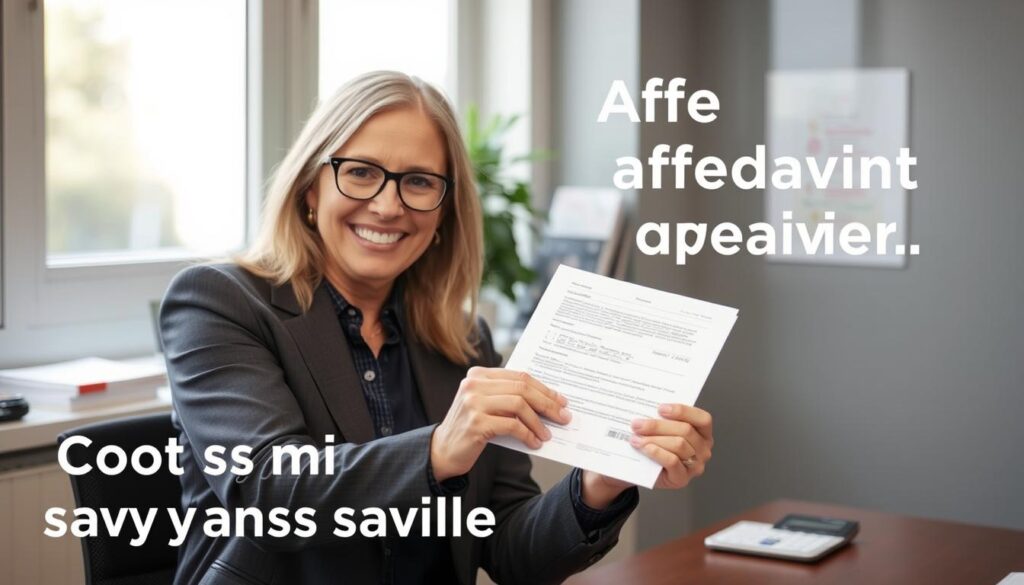
Understanding affidavit costs doesn’t have to be complicated. By breaking down the various components and being aware of potential hidden fees, you can navigate the process with confidence. Remember that costs vary significantly based on location, complexity, and whether you choose professional assistance.
The key to managing affidavit costs effectively is preparation. Research local rates, compare service providers, and plan ahead to avoid rush fees. Consider whether you can draft the document yourself or if your situation requires professional legal assistance. Most importantly, always ask for a complete breakdown of costs before proceeding.
Whether you’re getting an affidavit for a name change, property matter, or court case, the information in this guide should help you budget appropriately and avoid unexpected expenses. With the right approach, you can ensure your affidavit is legally sound without paying more than necessary.

